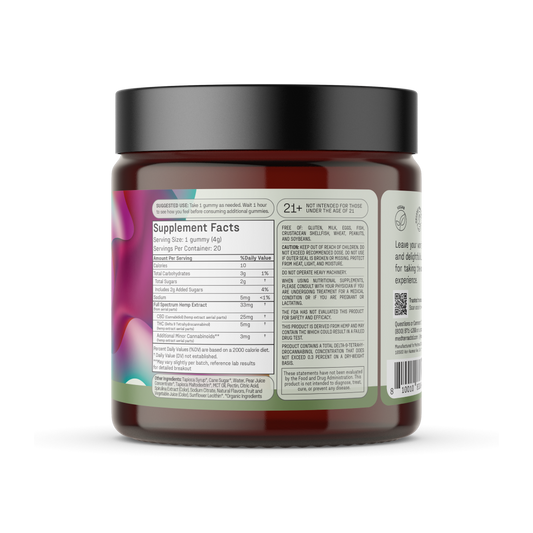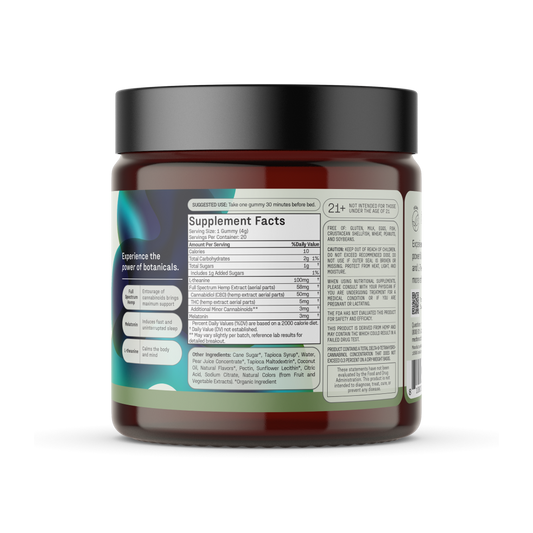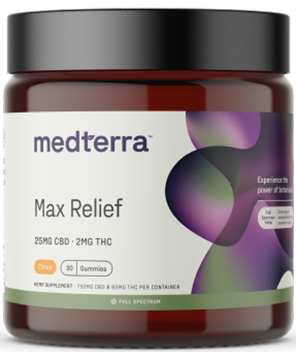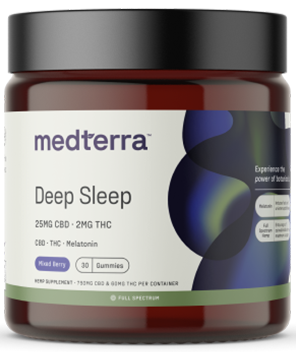The keto diet is one of 2023’s most popular ways of eating.
That’s hardly surprising when you look at its potential benefits. Keto can help with weight loss, metabolic problems, food addiction, and more. It can supercharge your productivity and enhance your energy levels. And while these things are impressive, they’re really just the start! [1][2][3]
Keep reading to learn more about keto — and how to get your body into a ketogenic state faster than once thought possible.
- What is Ketosis? Keto 101
- Ketosis: How to Access It
- How to Avoid Keto Flu and Get Ketogenic Fast
- Keto: Enhanced Energy, Less Stress, and More
- Keto-Friendly Foods: Our Top Picks
- Keto Diet: Potential Downsides
What is Ketosis? Keto 101
Technically speaking, ketosis isn’t a diet at all. It’s actually a special metabolic state.
So when someone talks about the ketogenic diet, it means they’re talking about eating in a way that guides the body into burning fat, not carbohydrates, for fuel.
Keto might have gotten super popular in the last few years, but it’s actually been around since the 1920s. Nutrition specialist Dr. Russel Wilder had already noted that fasting stabilized certain neurotransmitters, and he correctly deduced that a diet capable of mimicking fasting-level blood sugar might do something similar. In 1924 Dr. Russel proposed a rather extreme ketogenic diet comprised of 90% fat, 6% from protein, and 4% from carbs. [4]
Dr. Russel soon found out that ketosis does indeed mirror the fasted state. While the body normally burns carbs for energy for much of its fuel, the human metabolism is adaptable. It can burn anything available: carbs, proteins, amino acids, fats . . . or ketones.
If deprived of carbs for long enough, the liver and muscles will eventually run out of their stored carbohydrates, or glycogen. Once that happens your body reaches a transition point where protein ( think muscle tissue!) is sometimes burned as fuel.
Thankfully this muscle-burning mode is short-lived. The liver quickly adopts and switches roles, processing fatty acids to create a special type of fat called the ketone body. True ketosis occurs when the body is burning more ketones for fuel than anything else.
Ketones have some pretty unusual qualities compared to normal fatty acids. For one, they’re water-soluble. They can also pass through the blood-brain barrier and be used by the brain (replacing glucose) for fuel. Plus our mitochondria seem to love them. [5]
Ketosis: How to Access It
Now that we’ve covered what ketosis is, let’s look at how to access it!
The best way to get into ketosis is by following a keto diet. Intuitive enough, right?
Staying in ketosis is usually as simple as eating less than 50 grams of carbohydrates per day. That equates to 200 calories worth of pure carbs per day, or two or three slices of bread — not much. Those with lower calorie requirements should probably shoot even lower.
In addition to avoiding obviously ‘carby’ foods like bread, rice, and pasta, many foods contain trace amounts of carbohydrates that can add up surprisingly fast. Fruits and starchy veggies aren’t allowed unless you really tally things up carefully.
Your protein intake also needs to be watched. High protein consumption isn’t ideal for ketosis. Why not? Because protein can be converted to carbohydrates by the body, especially during the transition period into ketosis. This process, called gluconeogenesis, is inefficient and at least a little stressful for your body. In other words, don’t chow down on chicken breast or shrimp unless you’re willing and able to slather butter all over it! [6]
If you’re new to keto it might be helpful to track your calories and macronutrients to make sure you’re hitting all the right targets. Make sure you’re keeping carbs under 50 grams/day and getting at least half of your calories from fat. (As time goes by and you get a feel for your new way of eating, you won’t need to track anymore and can just go by feel.)
How to Avoid Keto Flu and Get Ketogenic Fast
Most people experience a tangible energy boost on the ketogenic diet. Once they actually get into ketosis, at least.
Your body’s transition from carb burning to ketone burning can take days, or even weeks, to be completed. During this timeframe it’s common for new keto eaters to experience ‘keto flu’ and all of its side effects: brain fog, poor sleep, low energy, headaches, and intense cravings.
All that said, let’s look at some good news: you may not have to experience these side effects at all. The faster you’re able to get into ketosis the less likely you are to experience any side effects!
Biohackers like Tim Ferris and keto specialists like Dr. Dom D’Augostino have pioneered a technique that speeds up glycogen depletion and makes getting into ketosis easier. This technique involves using a combination of fasted-state endurance exercise, coffee, and lots of MCT oil to accelerate adaptation.
And some research shows that you may not have to walk for hours or infuse yourself with caffeine to get into ketosis quickly. It might be enough to just supplement with MCT oil!
One 2020 study affirmed that MCT oil has “specific metabolic properties” which make it “ketogenic even in the absence of carbohydrate restriction.” And a much older study from way back in 1976 found that consuming MCT oil can increase your blood ketone levels by up to 18 times within an hour of consumption. Yes — 18 times. [7][8]
These findings suggest that supplemental MCT oil might be all your body needs to keep keto painless and avoid keto flu. Especially if your MCT oil is encapsulated within special liposomes that make it even easier for your body to process and absorb. (Our new Rapid Keto Wellness Product is jam-packed with these special liposomal MCTs.) No more waiting weeks to fully adapt to ketosis. Now you can access it and start feeling amazing within just one day!
Here’s a sample schedule to give you an idea of what that very first morning might look like:
- 8 a.m.: wake up and get some morning sun or yoga time
- 9 a.m.: take Rapid Keto (feel free to enjoy some coffee or tea too!)
- 10 a.m.: go on a nice slow walk or hike (be sure to stop if you get tired)
- 1 p.m.: break your ‘fast’ with a fatty, low-carb meal (meal ideas coming up later)
- 2 p.m.: enjoy the rest of your day as your body gets progressively deeper into ketosis!
Keto: Enhanced Energy, Less Stress, and More
For many people who try it, keto can be nothing short of life-changing.
Does the keto diet improve energy levels, though? For most people the answer is an emphatic yes! The vast majority of people who go keto find that their energy levels skyrocket, almost as if the hands of time have turned back and they’ve reverted back to a younger, healthier version of themselves.
Don’t be surprised if your athletic performance and general stress tolerance improve. You might start sleeping better, or find yourself so energized that you don’t need as much sleep. You might find it easier to stay focused at work, too. A more complete list of energy-related benefits includes:
- Improved athletic performance
- Improved adaptation to stress
- Deeper, more restorative sleep
- Enhanced cognitive function
- Increased emotional stability
- Enhanced ability to focus
- Reduced irritability
- Reduced brain fog
Last but not least, keto’s ability to boost your body’s energy levels means it can radically improve your body composition. Many people experience fast, unusually easy weight loss from the moment they embark on the keto diet.
Over time keto resensitizes your body to hormones like leptin and insulin, making it easy for your body to burn fat, build muscle, and avoid cravings. Some experts theorize that ketosis can lower one’s body weight setpoint — the weight your body naturally ‘wants’ to keep itself at.
Keto-Friendly Foods: Our Top Picks
Fat is your friend when it comes to keto. Your typical ketogenic diet might be rich in butter, heavy cream, coconut oil, hemp seed oil, and aged cheese. (Don’t worry about all this fat causing weight gain. Fat is no longer fattening when carbs are taken out of the thermodynamic equation.)
Here’s a sample eating plan:
- Breakfast: Eggs and veggies fried in butter. Coffee with cream or bulletproof coffee.
- Lunch: Salmon, greek salad with homemade hemp seed oil-based dressing.
- Dinner: Cheeseburger (just the patty, of course) and more veggies fried in butter.
- Dessert: Homemade ice cream made with coconut milk + stevia.
Keto Diet: Potential Downsides
Keto does have some potential downsides, though most of them only apply to its adaptation period. The biggest downside of keto is that it can work too well for weight loss — if you’re already thin you may actually do better keeping a few more grams of carbs in your diet. Here’s the list:
- Brain fog
- Sugar cravings
- Muscle cramping
- Limited food choices
- Electrolyte imbalances
- Unintended weight loss
Summing Things Up
Ketosis is a time-tested way to improve your energy levels, transform your body, and turn back the clock on age-related health problems. Just make sure you set yourself up for success by getting into ketosis quickly. Products like Rapid Keto can help you reach ketosis faster and get you moving toward a brighter future today.















